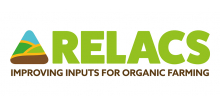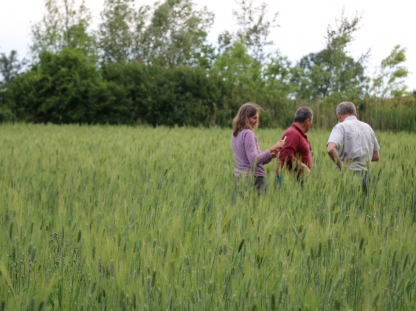Precision solutions in plant protection monitoring in sprouting and on test tomato plants
A spectrometer is capable of detecting various electromagnetic waves from a given surface, and recording the results it measures. Controlled laboratory experiments have now given way to remote measurement, in which the distance between the measuring instrument and the sample can be between one and 1,000 meters, or even more. This science of remote spectral sensing is thus now practically applicable. As important advantage of remote spectral sensing is that it allows the collection of chemical data without the necessity of destroying the sample or using reagents. In addition to satellites, flying sensors (spectral scanners) have appeared on the market, followed in recent years by field and mobile terrestrial platforms (snapshot spectrometers) such as remote-controlled multicopters, field robots or spectral video cameras. Spectral remote sense is not employed within agriculture, but its application, especially in horticultural cultivation, is still largely untapped.
Activities
- Sensory measurements are collected at two on-farm sites, and in ÖMKi’s experimental space, a polytunnel, where tomato seedlings are being grown. Data from remote spectral sensing is calibrated and confirmed by conventional field and laboratory recordings (e.g. pathological bonitation, pathogen cultures).
- We carry out artificial infection experiments with the most important pathogens, e.g. for the early prediction of phytophthora. The plants examined under controlled conditions are subjected to spectral examinations in the laboratory at various times, in addition to conventional pathological examinations, to determine the wavelengths suitable for the earliest possible detection of a given disease – the so-called spectral fingerprint of harmful phenomena.
- We are developing a set of tools for the automatic recording of sensory data.
Expected results
- The development of innovative recording technologies and sets of related tools in order to monitor the growth of tomato seedlings (e.g. using new sensors and automatic, moving cameras).
- Determining the spectral fingerprint of major plant pathological phenomena.
- The application of software solutions enabling real-time evaluation of image data.
- Scientific and technical publications on the practical application of these testing and evaluation methods.
.jpg)



.jpg)







